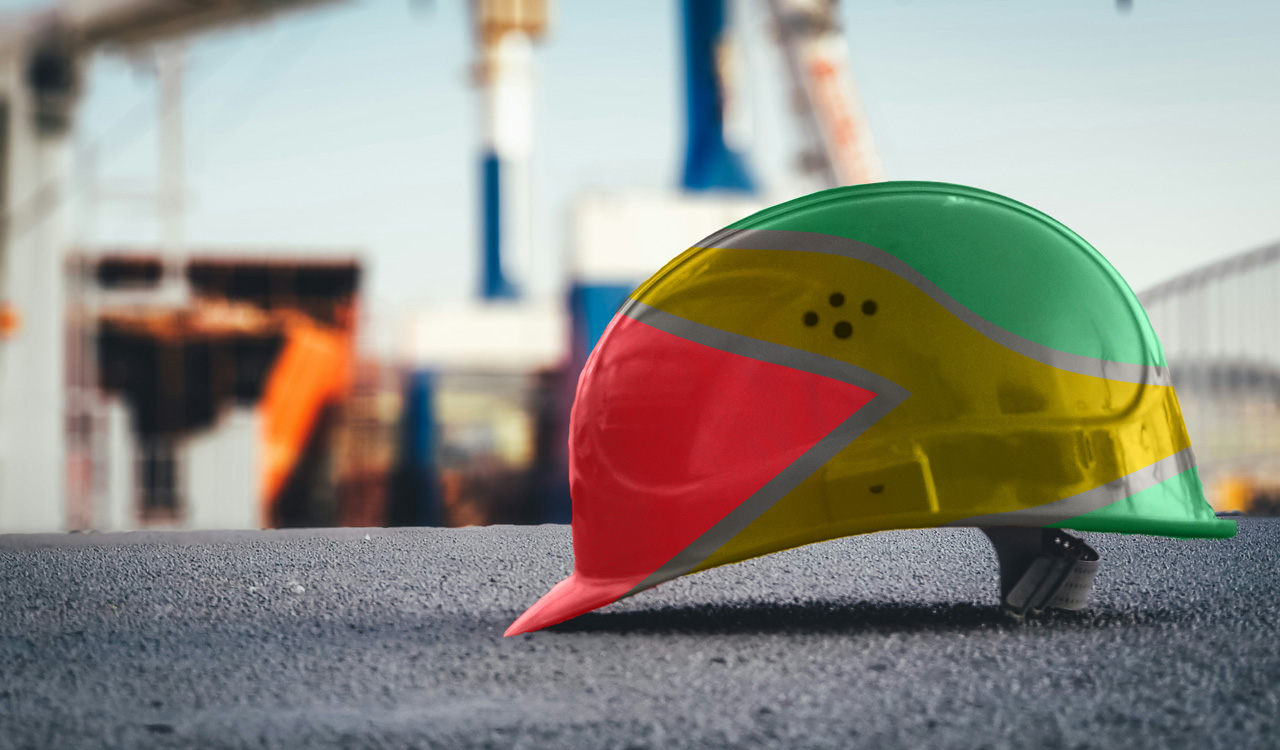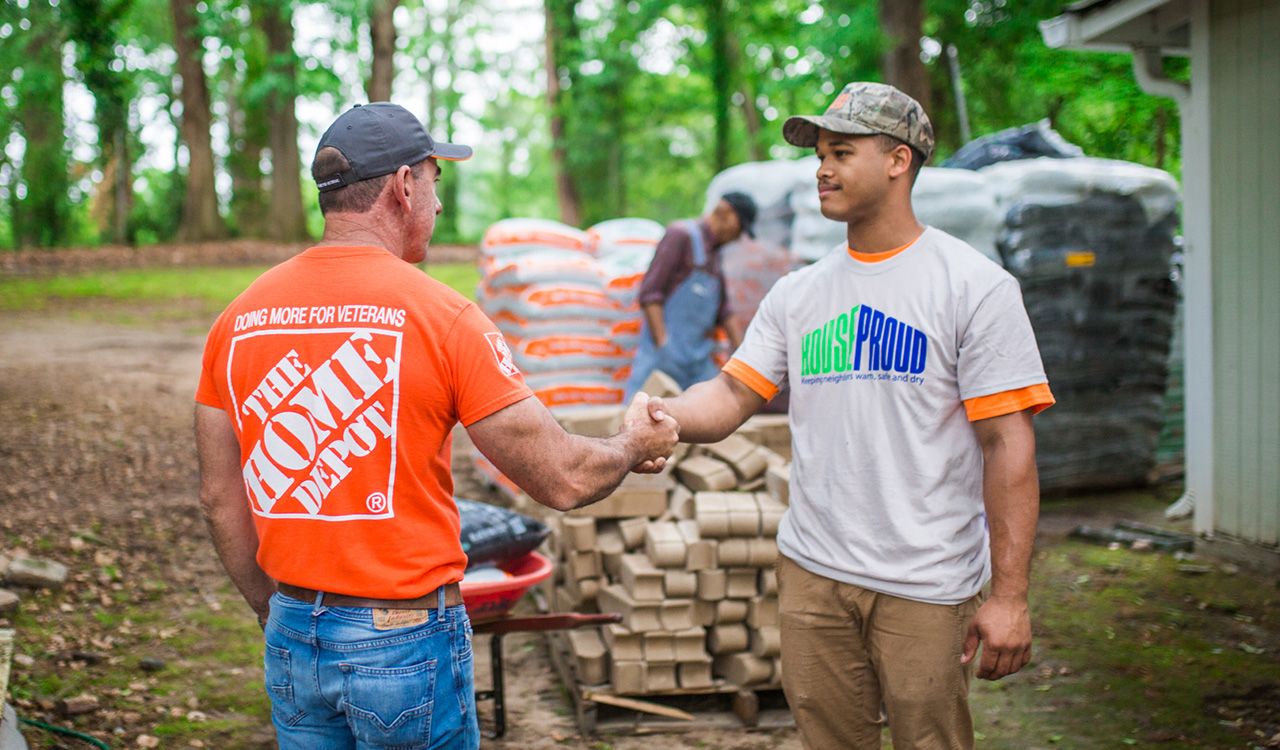Note: This is part one of an ongoing series on emerging retail economies.
Just off the North Coast of South America, tucked in between Venezuela, Brazil, and Surinam, lies Guyana, a former English colony. Although its capital, Georgetown, has a decidedly laid-back Caribbean vibe – it won’t take a first-time visitor more than a few minutes in the country to realize that this is a nation of contrast and symbiosis. Its people are a melting pot of East Indian, Afro-Guyanese, Amerindian and European, and its music, cuisine, and culture reflect these vectors of global influence. But what’s also readily apparent to a first-time visitor is growth. Construction sites are everywhere. Shiny, new buildings are going up on almost every corner. Expats from Europe, Brazil, and Latin America, as well as East Asia, fill the local cafés, restaurants, and lobbies of the new hotels that have been built to serve them. Something is up in Guyana, and it’s something retail executives from around the world should have their eyes on. This small country that few Americans could find on a world map is about to emerge as one of the most important places on the global business landscape.
Despite its immense promise, Guyana’s retail market remains in its infancy, setting the stage for pioneering brands to shape its evolution. This immaturity represents an unparalleled opportunity for investors and businesses looking to establish a lasting presence.
Economic Meteor
Guyana is, and will continue to be, the world’s fastest-growing economy for the foreseeable future. In 2022, the country’s
GDP grew at an astounding 62.3 percent according to the Inter-American Development Bank (IDB) and the
IMF estimates that this year the country is on track to mark growth of over 37 percent in terms of real annual GDP and many economists believe the country will continue to enjoy economic expansion in excess of at least 20 percent a year for the foreseeable future.
Let that sink in for a moment. Twenty percent annual growth is nearly
ten times the growth rate of the U.S. And with a population of less than 800,000, the World Bank has now classified Guyana as a “
high-income country” – quite a leap from its historical position near the bottom of the economies in the Western Hemisphere where it was positioned just a few years ago.
Black Gold
So why is this all happening? Well, in a word, maybe you guessed it: oil. And a lot of it – especially when considering Guyana’s population is roughly the size of the city of Seattle, Washington. In fact, there may be so much oil in Guyana that the country quite likely has the
second-highest number of barrels per capita in the world just after Qatar. And here’s the kicker: so far, the official number of discovered barrels of oil in Guyana sits around 11 billion, but many geologists familiar with the region expect that this figure could easily
double or triple as more discoveries are made.
As one seasoned oil executive I met with on a recent trip to Georgetown told me: “The world has never seen something like this where a country is poised to grow for a sustained number of years at this clip and where government spending budgets will be doubling every couple of years. The Guyana story will likely make mincemeat of the frenzy about what’s happening right now in Saudi and outshine all the growth stories about the Emirates and Qatar. The world has never seen anything like what is beginning to happen here in Guyana.”
Guyana, led by its young and dynamic President, Ifraan Ali and its Prime Minister Hon. Brigadier (Ret’d) Mark Phillips, both of whom I had the pleasure of meeting while in the country, are clear-eyed about the challenges ahead. They are eager to prove that Guyana will be able to avoid the “
resource curse” that has hobbled so many oil-rich nations in the Global South. As a result, they seek inspiration in the Gulf countries and even Norway for what is possible for Guyana in terms of economic development and fiscal planning.
The Economic Story of the 21st Century
For executives outside the oil and gas sector, the important takeaway is that these staggering growth projections underscore the magnitude of the
economic revolution that is beginning to sweep across Guyana, a confluence of factors that is setting the stage for a potential retail revolution that could reshape the entire Caribbean region.
Although technically it sits on the northern coast of South America, Guyana has historically been seen as a Caribbean nation given its English colonial past. (In fact, Georgetown is the seat of CARICOM, the powerful political and economic union of 15-member anglophone Caribbean states plus Surinam and Haiti.) Economically, the country has historically been known for its boom-and-bust commodity cycles (sugar, bauxite, gold, etc.), its untapped yet immensely rich biodiversity, and its untamed hinterland landscapes that are some of the most sparsely populated non-desert regions on earth. But soon Guyana will become a formidable contender on the global economic stage.
Bolstered by these unprecedented economic growth projections, the government of Guyana is setting its sights on harnessing this massive influx of cash to become a new hub for business, trade, and tourism. Sound familiar? Does that remind you of another tiny oil-rich nation in the Arabian Gulf that has completely transformed itself into one of the most important economic and cultural hubs on the planet?
Yes, Guyana is adroitly angling itself to become the new economic epicenter of the Americas, with aspirations of mirroring the success achieved by the UAE, and Dubai in particular, over the past 40 years or so – with one notable exception: Leaders in Guyana believe that this level of Dubai-like transformation doesn’t need decades to happen; in fact, with all the proceeds from oil revenues flowing into the country and the long tail of development that will follow, senior economic and political leaders in Guyana believe the country can reach this Dubai-like degree of regional and global import in just a decade or so.
Destination-Driven Opportunity
All this, of course, will mean that over the next several years, Guyana will soon become a nation teaming with reverse immigrants coming back from the vast Guyanese diaspora (Guyana is unique in that there are more Guyanese living outside of Guyana than in the country, mainly in the U.S., Canada and UK), new-monied locals, well-paid expats, and gobs of tourists eager to see what all the fuss is about. (The number of hotels slated to go up in Guyana in the coming years speaks to an anticipated annual visitor rate that is two and a half times the country’s population – nearly two million visitors a year.)
New infrastructure projects linking Brazil and Surinam, a host of new trade agreements with everyone from India to the UAE to the European Union, and an aggressive push that is bringing best-in-class operators from around the globe across an array of sectors to set up shop in Guyana is a testament to the country’s bullish future. This convergence of factors also reveals incredible untapped retail potential. Aside from a
KFC franchise, a
Hard Rock Café, and a
recently opened Starbucks, the country is largely devoid of major international retail brands across all sectors, making Guyana arguably the largest blank canvas on the global retail map.
The Dubai of the Caribbean
Drawing inspiration from the meteoric rise of Dubai, Guyana envisions itself as the Caribbean’s answer to this modern marvel of the Gulf. Dubai, with its audacious infrastructure projects, luxury shopping destinations, and bustling metropolis, is emblematic of what a visionary nation can achieve in a short period of time. Guyana is following suit, seeking to blend commerce, culture, and development in a similar vein, capitalizing on its newfound wealth to create an oasis of ecotourism, high-quality sustainable infrastructure, and top-tier retail excellence in the Caribbean. The term “Dubai of the Caribbean” aptly encapsulates the nation’s ambition to captivate the world’s attention through an irresistible fusion of unbridled growth, equitable development, and untapped opportunity.
Igniting a Retail Revolution: The Emerging Market
Despite its immense promise, Guyana’s retail market remains in its infancy, setting the stage for pioneering brands to shape its evolution. This immaturity represents an unparalleled opportunity for investors and businesses looking to establish a lasting presence. There is still a first-mover advantage across nearly every sector within Guyana’s vast retail landscape, from upscale boutique fashion brands like Coach or Ralph Lauren to kid-focused experiential stores such as Legos or Crayola to grocery, fast food and beyond.
This sentiment is underscored by Starbucks, which recently ventured into Guyana, marking its entry as the first global coffee giant to tap into this uncharted territory. This strategic move by Starbucks not only demonstrates the market’s potential but also signals the confidence of international players in Guyana’s future retail landscape.
Overcoming Challenges and Cultivating Sustainability
While the prospects for Guyana as a new retail hub are undeniably promising, challenges abound. Balancing rapid economic growth with sustainable development, addressing infrastructure gaps, and ensuring that growth happens in an equitable fashion are just a few hurdles that the country’s politics must overcome. Guyana’s success will depend on its ability to leverage its newfound wealth to create an equitable and resilient retail landscape that benefits both its citizens and the international community.
A Retail Odyssey Beckons
I had a chance to talk specifically about the unprecedented level of investment happening in Guyana and more specifically, the opportunities in retail with Dr. Peter Ramsaroop, Guyana’s Chief Investment Officer who runs the Guyana Office for Investment, the official state agency dedicated to encouraging and supporting foreign direct investment in the country. “Guyana is open for business and opportunities across the entirety of the retail sector are still very much wide open,” he told me. “From mass market big box cash-and-carry and upscale luxury brands to service-based retailers, there is opportunity in every direction in Guyana. First-mover advantage still exists in many sectors. We are an English-speaking nation with a deep cultural connection to the U.S., Canada, and the UK and, as a result, many of the international brands coming here will need no introduction.”
He added, “With business tourism exploding, a solid growth trajectory in leisure tourism, and a steadily increasing standard of living for all Guyanese coupled with a very strong legal and political system and a vibrant local private sector willing to look at joint ventures, retailers should all be looking at Guyana as their next major international expansion. We’re really excited about where the retail sector is going here in Guyana.”
Guyana’s journey to becoming the Dubai of the Caribbean is a testament to the nation’s resilience, vision, and untapped potential. With economic growth rates that defy norms and the allure of a pristine landscape, Guyana is poised to carve a unique niche for itself in the global retail arena. Starbucks’ entry is merely the first step in what promises to be a transformative odyssey for a host of major retail brands, redefining the Caribbean’s retail narrative and beckoning the world to witness the birth of a new retail giant. As the story unfolds, Guyana stands ready to transition from an untamed paradise to a retail paradise, captivating the world’s imagination in the process.




